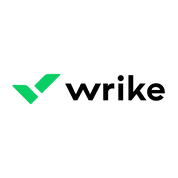Orangescrum is a Project Management Software. Orangescrum offers Timeline View, Project Templates, Idea Management, Kanban Board, Recurring Task Management and many more functionalities.
Some top alternatives to Orangescrum includes Quickbase , Smartsheet, ClickUp, Wrike and TaskBlast.
Yes, Orangescrum provides API.
Yes, Orangescrum provides a mobile app.
Orangescrum is located in San Jose, California
Orangescrum offers Free Trial, Subscription, Quotation Based pricing models
The starting price of Orangescrum is $54/Month when Billed Yearly























